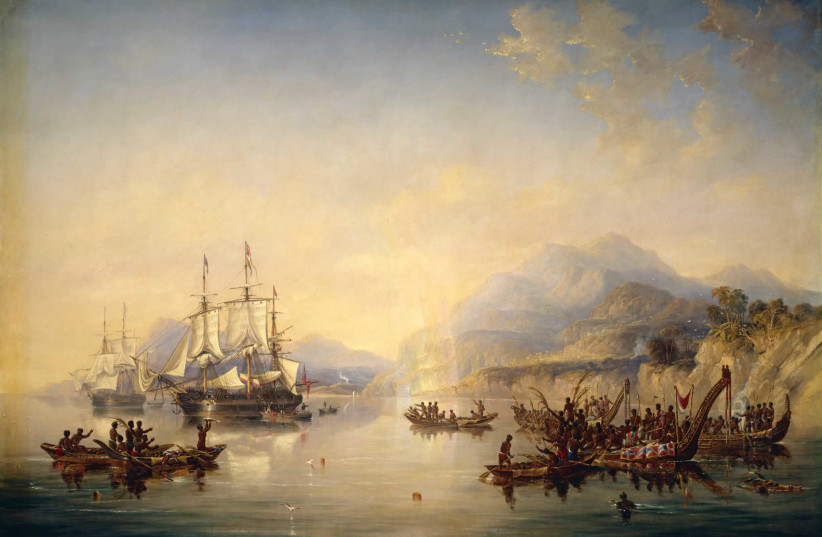A team of Canadian archaeologists recovered 275 artifacts from the wreckage of the HMS Erebus in September, Parks Canada announced last month.
In cooperation with the Inuit Nattilik Heritage Society, the archaeologists conducted excavations at the sites of the HMS Erebus and the HMS Terror.
Their work included diving and controlling a remotely operated vehicle (ROV) under the ice at the HMS Erebus site.
In April and May 2022, the archaeologists, accompanied by members of the Nattilik Heritage Society, established an ice camp at the site of the HMS Erebus in order to determine its condition and to gather images and data. This was the first inspection of the site in over two and a half years.
Findings during diving operations
Then, in September, the researchers conducted a total of 56 dives over the course of 11 days, during which they found a leather folio, serving dishes, platters, drafting tools, an eyeglass lens and a lieutenant's epaulets, according to Smithsonian magazine.

“The important archaeological research onsite continues to advance our understanding of how changing climate conditions are impacting the region and helps us preserve and protect irreplaceable natural and cultural heritage.”
Steven Guilbeault, Canada's environment and climate change minister
During the dives, the researchers also learned about changes in the condition of the shipwreck, began excavating what they believed could be the Second Lieutenant's cabin, continued the excavation of what they believed could be the Third Lieutenant's cabin and completed the excavation of part of the Captain's Steward's pantry, Parks Canada said.
The team learned that physical changes in the wreck were occurring continuously, probably due to waves caused by windstorms. Parks Canada said it is continuing to monitor the changes, as well as the role that climate change plays in them.
“Located in one of the planet’s most unique and sensitive marine environments, the wrecks of H.M.S. Erebus and H.M.S. Terror are some of the best-preserved wooden wrecks in the world. The important archaeological research onsite continues to advance our understanding of how changing climate conditions are impacting the region and helps us preserve and protect irreplaceable natural and cultural heritage,” said Steven Guilbeault, the environment and climate change minister of Canada, according to Smithsonian.
